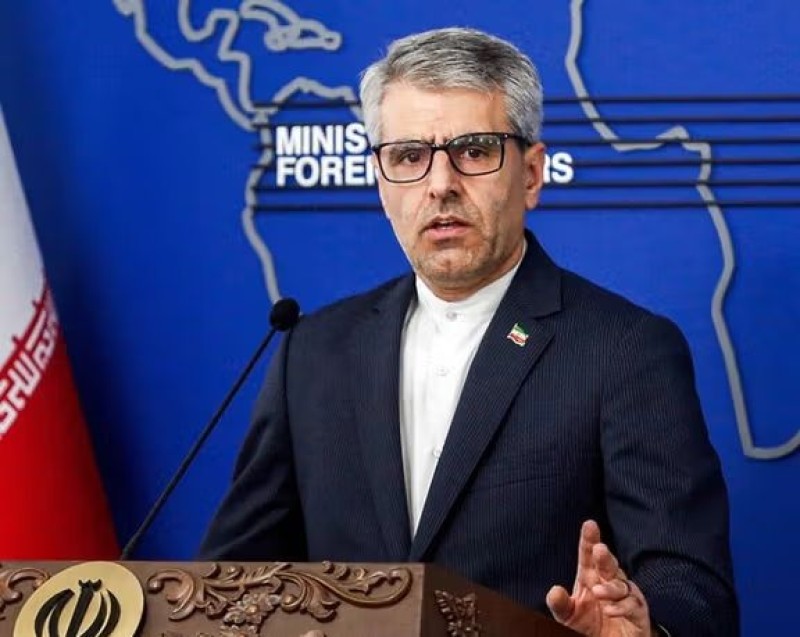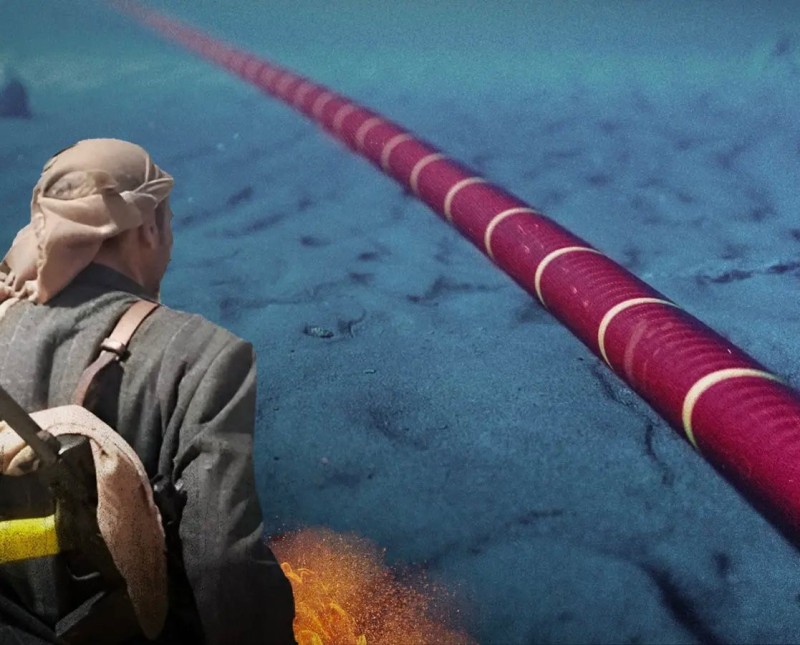Serious US response against Houthis in Yemen could have disrupted Houthi attacks, ISW


Author: Brian Carter - Institute for the Study of War ISW
The Houthis now pose a strategic threat with global implications for the United States and its allies. The United States and its allies have failed to prevent Iran from strengthening the Houthis’ military capabilities since 2015. The Houthis have grown from a small, militia in Yemen’s northern mountains into a major strategic threat with ties to multiple US adversaries. The US has sought to “avoid escalation” in response to dramatic Houthi escalations since October 2023 by taking a series of reactive half-measures that have failed to accomplish decisive effects or materially degrade Houthi military capabilities. The Houthis are undeterred and have collected significant insight into the operation of US defenses against their attack systems of all varieties. The Houthis will almost certainly exploit this insight to improve the efficacy of their attacks and provide it to other US adversaries. Continued Houthi operations in the Middle East in the meantime will continue to deflect US efforts to prioritize the Indo-Pacific, as they have already done for over a year.
The Houthis emerged as an Islamist movement in northern Yemen in the early 1990s. The group fought a series of wars against the central government in the 2000s, securing increased Iranian investment by the early 2010s. The Houthis established a government over the portion of Yemen they controlled militarily after capturing Yemen’s capital in 2014. Saudi Arabia and the UAE, responding to the threat from the Iranian-backed group, launched a military campaign to restore the UN-recognized government. The Houthis gradually strengthened throughout the war thanks to Iranian and Hezbollah support, however, and the Saudi-Emirati effort failed. Iran designed its support to the Houthis to build an organization able to challenge not only the southern flank of the Gulf states but also Israel and US forces.
Iran supplies the Houthis by smuggling drones and missiles, often in pieces, both by sea and over land. The US and its allies have attempted to interdict these supplies since 2015. US efforts have had only very limited success, however, due to the distances involved and the limited American resources committed to the interdiction mission.Smuggling has continued during the current war, with large dhows, fishing boats, and six large cargo vessels that the UN inspections mission failed to inspect bringing hundreds of truckloads worth of uninspected goods into Yemen.This smuggling and resupply effort—combined with technical support from Iran and Hezbollah—enabled the Houthis to build a stockpile of advanced missiles that they could use to threaten global shipping and US forces and partners in the region.
The Houthis began their expanded regional attack campaign in October 2023, prompting only a limited defensive US response. The Houthis first launched drones and missiles targeting Israel on October 19, officially entering the October 7 War in support of Hamas and after coordination with Iranian-backed Iraqi militias. The United States did not respond by attempting to disrupt the Houthis’ ability to continue attacks or deter the group. The United States instead adopted a reactive and defensive posture that caused no observable change in Houthi decision-making. The United States only responded with strikes into Yemen on January 12, 2024, after 26 Houthi attacks targeting international shipping and nine attacks involving US and allied warships. The initial US response—which was designed to defend shipping without conducting strikes to “avoid escalation”—failed to prevent escalation, as the Houthis transitioned from attacks on Israel in October to increasingly frequent attacks on shipping beginning in November.The US-led strike campaign, which has prevented individual Houthi attacks and destroyed some of their targeting infrastructure and a limited number of missiles on the ground, has failed to alter the Houthi rate of attacks.There are some indications that the Houthi attacks have even become more effective in 2024.
A more robust and serious US response in October and November 2023 could have discouraged or disrupted Houthi attacks on shipping. The defensive US response and the subsequent limited air campaign failed because these threats did insufficient damage to the Houthis’ capability and did not strike targets important enough to deter Iran or the Houthis. Repeated lethal and non-lethal strikes on systems that enabled the Houthis to target and track their targets could have stripped the Houthis of this capability. This effort should have included disabling or destroying the Iranian spy ship Behshad, which almost certainly assisted the Houthis in targeting and tracking shipping from its patrol area in the Red Sea. Other actions, including support to armed groups in Yemen or economic measures such as the removal of banks in Houthi-controlled areas from the international SWIFT system, could also have caused the Houthis to recalculate by challenging Houthi control over northern Yemen. Each of these options carries significant risk, to be sure, but they would have been far more likely to disrupt Houthi attacks and make the attacks less effective or less frequent. US policymakers must recognize, above all, that the more restrained approach is intended to avoid escalation instead of facilitating escalation.
The US failure to disrupt or deter Houthi escalation in the Red Sea has forced US policymakers to prioritize the Red Sea over the Western Pacific, a prioritization at odds with stated US policy. Episodically prioritizing the Iranian-backed challenge in the Red Sea causes the United States to strip resources from the Indo-Pacific, whereas the 2022 National Defense Strategy says China poses the “most comprehensive and serious challenge to US national security. This prioritization of the Middle East in this way is unsustainable, especially in the event of a Taiwan Strait scenario. The Houthis could, if they choose, shut down the Bab al Mandeb during a period of heightened tension in the Straits of Taiwan to extract concessions from the United States or divert resources from the defense of Taiwan. These facts do not constitute an argument for ignoring the Houthi threat. They point rather to the importance of taking much more dramatic action, including accepting more risk, to end the Houthi threat and deter future Houthi and Iranian efforts to reconstitute it as rapidly and decisively as possible. Allowing the Houthis to protract their gradual escalation campaign is a much more dangerous policy choice for the US in the long run than a more decisive military effort would have been.
The year-long Houthi attack campaign will also provide data and lessons that the Houthis and other US adversaries can use to improve the effectiveness of their attacks on US naval vessels and ground installations in the future. The Houthis have conducted 111 attacks targeting or involving US and allied warships in the Red Sea region.These attacks—in which the Houthis have tested different techniques and combinations of one-way aerial drones, ballistic missiles, and cruise missiles—have not yet struck a US or allied warship, but there have been multiple near misses.These attacks provide the Houthis and presumably their backers in Tehran, at least, a massive amount of data on how US and allied air defenses respond to missiles and drones. The Houthis could similarly share this data with the Russians in exchange for Russian targeting data on ships in the Red Sea. The lessons gleaned from this data will surely be used against the US Navy’s defenses in the future and could inform enemy operations against US land-based counter-drone and missile defenses as well.
The US policy toward the Houthis in 2023-24 demonstrates that “managing escalation” is a failed approach and an unsustainable policy. The Houthis have repeatedly “escalated” and faced only a limited US response that did nothing to “manage escalation.” The Houthis first fired drones and missiles at Israel in October 2023, then expanded attacks to target global shipping. The group, recognizing that any US response would be limited and would pose no threat to their control in large areas of Yemen, has since fired drones and missiles at Israeli cities, so far with limited success. The lesson that the Houthis are learning in this war is that they can fire missiles and drones at US warships, global shipping, and US partners and suffer only limited and inadequate consequences. The US must learn that “managing escalation” actually encourages escalation and protracts conflicts—a particularly serious problem when the US must be able to focus on other critical theaters.
Source: ISW

Tehran — Iranian Foreign Ministry spokesman Ismail Baghaei has voiced concern over the latest developments unfolding in Yemen, particularly i…

A new media report has revealed that Google is embarking on a major subsea cable initiative, dubbed Blue Raman, in a strategic move to establish a…

Muscat – Thousands of Yemeni families are anxiously watching the ongoing prisoner exchange talks in Muscat, Oman, hoping for a breakthrough t…